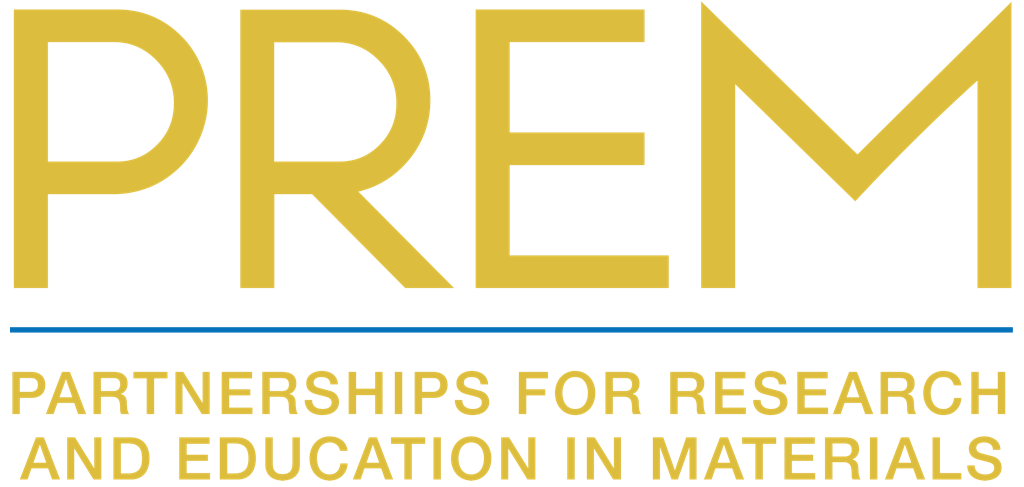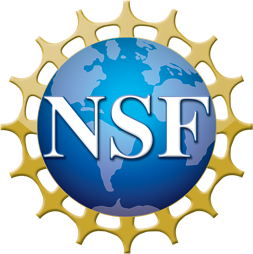Howard University-Cornell University MRSEC
Howard University (HU), Cornell University (CU) Gallaudet University (GU) and Prince George's Community College (PGCC) have joined together in a Partnership for Reduced Dimensional Materials (PRDM). The shared goal is to systematically identify and support students from under-represented communities while contributing significantly to nanoscience and engineering research.
Partnerships for Research and Education in Materials of which PRDM is one, were established in 2004 by the National Science Foundation (NSF) Division of Materials Research (DMR) to enhance diversity in materials research and education by stimulating the development of formal, long-term, collaborative research and education partnerships between minority-serving colleges and universities and DMR-supported centers and facilities includingMaterials Research Science and Engineering Centers (MRSEC).
The PRDM team combines sophisticated approaches for advanced research with demonstrated success in recruiting, supporting and training African-Americans and deaf students in materials science and engineering.
PRDM has three theme areas that join together, in new and exciting ways, established research projects in the Cornell Center for Materials Research and the Howard Nanoscale Science and Engineering Facility. The discovery of extraordinary new materials with striking, non-conventional electronic, optical and spin coherent properties is exciting and promises to transform signal processing, sensing and computation bismuth and complex oxide structures growth of reduced dimensional materials fabrication of reduced dimensional devices and their properties.
Howard can better integrate its primarily African American student body into the international research community and improve its materials education and research infrastructure. The PRDM provides Howard undergraduates summer research opportunities at Cornell and graduate students have taken advantage of access to major instrumentation, experience and mentoring at the Cornell Center for Materials Research. There is co-advising of Howard PRDM students by CCMR PIs. CCMR graduate students and postdocs act as preceptors for PRDM graduate and undergraduate students. They and Cornell faculty have taken part in educational outreach activities at Howard as well. Through the PRDM Cornell is gaining insight into the culture of community colleges, HBCUs and through Gallaudet, the deaf culture. It is our hope that some of the graduate students and post docs may choose to continue their careers at minority serving institutions.
A key to the PRDM model is that faculty from all four institutions collaborate. Faculty from each school take part in and mentor their students doing PRDM research. Howard, Gallaudet and PGCC are in the Washington DC area. Students and faculty from Gallaudet and PGCC make use of the Howard Nanoscale Science and Engineering Facility. Students and faculty from the three DC schools use WebEx to take part in the weekly IRG 1 group meetings at Cornell. Students from alll four institutions take part in the end of summer symposium for REU students at Cornell.
PGCC students involved in PRDM activities have opportunities for summer and academic year research at Howard and Cornell and can transfer to the partner schools. PRDM support for materials education at Howard and PGCC improves interdisciplinary materials education. Gallaudet students benefit by working with Gallaudet faculty and graduate students and faculty from the other partner schools. Mentoring by signing Gallaudet faculty makes much of this possible. Reserach involvement by Gallaudet and PGCC faculty provides them an important opportunity for professional advancement.
Few freshmen know what materials science or engineering is. This is even more the case for community college students and deaf who tend to come from minority communities or are first in their family to attend college. PGCC has designed guided inquiry materials which are not only effective ways of teaching science but also a good introduction to research. Howard faculty have also contributed to this project. A successful PRDM is building a pipeline for materials research careers among African Americans.


